Home>Gardening & Outdoor>Landscaping Ideas>How To Treat Grass In Spring
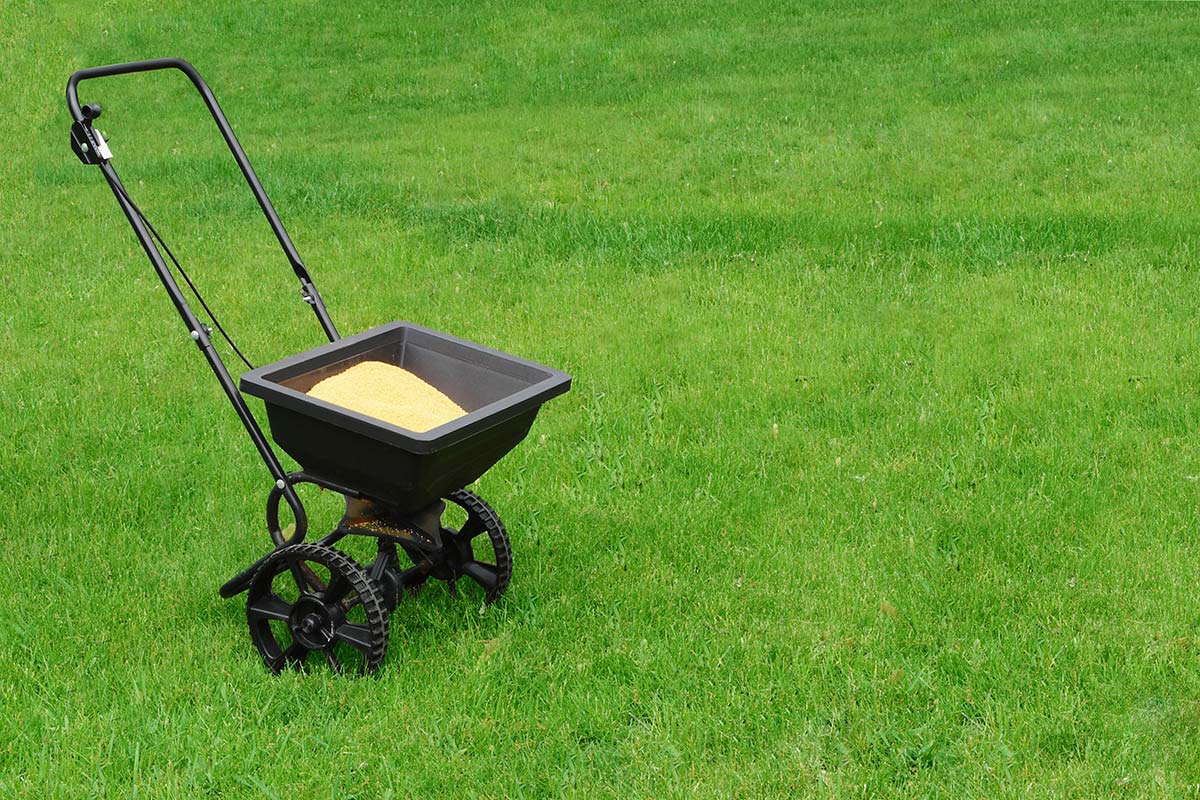

Landscaping Ideas
How To Treat Grass In Spring
Published: January 26, 2024
Discover effective landscaping ideas for treating grass in spring. Explore expert tips for rejuvenating your lawn and achieving a vibrant, healthy yard.
(Many of the links in this article redirect to a specific reviewed product. Your purchase of these products through affiliate links helps to generate commission for Storables.com, at no extra cost. Learn more)
**
Introduction
**
As the winter frost gives way to the gentle warmth of spring, our gardens come alive with the promise of new growth. This is a crucial time for lawn care, as the grass emerges from its dormant state and begins a period of active growth. To ensure that your lawn flourishes throughout the spring and beyond, it's essential to provide the right care and attention.
In this guide, we will explore the best practices for treating your grass in spring, covering everything from understanding grass growth to implementing effective maintenance techniques. By following these tips, you can promote a lush, vibrant lawn that will be the envy of the neighborhood. So, let's dive into the world of spring lawn care and discover how to nurture your grass to perfection.
Key Takeaways:
- Spring is a crucial time for lawn care, as the grass emerges from dormancy and requires proper nurturing. Understanding grass growth patterns and implementing targeted maintenance practices are essential for promoting a lush and vibrant lawn.
- Aeration, dethatching, fertilizing, watering, and controlling weeds and pests are key components of effective spring lawn care. By embracing these practices, you can create an environment where your grass can thrive and flourish throughout the season.
Read more: How To Treat Burnt Grass
Understanding Grass Growth in Spring
Spring is a time of rejuvenation for your lawn, as the longer days and milder temperatures create optimal conditions for grass growth. Understanding the natural growth patterns of your grass during this season is essential for providing the right care.
During the early stages of spring, cool-season grasses, such as Kentucky bluegrass, fescue, and ryegrass, experience a surge in growth as they recover from the winter dormancy. This period of rapid growth is driven by the increase in sunlight and warmth, which triggers the grass to produce new shoots and expand its coverage.
It’s important to note that warm-season grasses, like Bermuda grass and Zoysia grass, also begin to emerge from dormancy in spring, albeit at a slower pace compared to their cool-season counterparts. Understanding the specific type of grass in your lawn will help you tailor your maintenance practices to suit its unique growth patterns.
As the spring progresses, the grass enters a phase of active growth, during which it requires ample nutrients, water, and sunlight to thrive. This is the ideal time to implement a comprehensive lawn care regimen that addresses the specific needs of your grass, setting the stage for a healthy and resilient lawn throughout the year.
By gaining insights into the growth dynamics of your grass in spring, you can make informed decisions about maintenance tasks such as fertilization, watering, and mowing, ensuring that your lawn receives the care it needs to reach its full potential.
Assessing the Health of Your Lawn
Before diving into spring lawn care tasks, it’s crucial to assess the current state of your lawn to identify any areas that may require special attention. A thorough evaluation will help you pinpoint issues such as compacted soil, thatch buildup, or signs of nutrient deficiencies, allowing you to tailor your maintenance approach accordingly.
Start by examining the overall color and density of the grass. Healthy turf should exhibit a vibrant green color and a uniform texture, indicating robust growth. Conversely, areas of discoloration, thinning, or bare patches may signal underlying issues that need to be addressed.
Next, evaluate the soil composition and drainage patterns in your lawn. Compacted soil can hinder root development and water absorption, impeding the grass’s ability to thrive. Similarly, poor drainage can lead to waterlogged areas that are susceptible to disease and root suffocation. By understanding the soil dynamics, you can implement measures such as aeration and soil amendments to improve the growing conditions for your grass.
Thatch, a layer of organic debris that accumulates at the base of the grass, should also be assessed. Excessive thatch can impede nutrient uptake and water penetration, compromising the overall health of the lawn. If significant thatch buildup is detected, dethatching may be necessary to restore optimal growing conditions.
Additionally, keep an eye out for signs of weeds, pests, or disease infestations. Weeds can compete with the grass for resources, while pests and diseases can cause significant damage if left unchecked. Early detection of these issues enables prompt intervention, preventing them from spreading and causing extensive harm to your lawn.
By conducting a comprehensive assessment of your lawn’s health, you can identify specific areas that require targeted treatments and develop a tailored spring maintenance plan to address any underlying issues. This proactive approach sets the stage for a vibrant and resilient lawn that will thrive throughout the spring and beyond.
Aeration and Dethatching
Aeration and dethatching are essential components of spring lawn care, playing a crucial role in promoting healthy grass growth and improving the overall resilience of your lawn. These practices address common issues such as soil compaction and thatch buildup, creating an optimal environment for the grass to thrive.
Aeration:
Over time, the soil beneath your lawn can become compacted due to factors such as foot traffic, heavy machinery, or natural settling. Compacted soil restricts the flow of air, water, and nutrients to the grassroots, hindering their development and overall vigor. Aeration involves perforating the soil with small holes to alleviate compaction and facilitate better circulation of essential elements.
By allowing air, water, and nutrients to penetrate the soil more effectively, aeration promotes robust root growth and enhances the grass’s ability to absorb vital resources. This process also encourages the development of a stronger and more resilient turf, better equipped to withstand environmental stressors and maintain its lush appearance throughout the growing season.
Dethatching:
Thatch, a layer of dead grass, roots, and organic debris that accumulates at the soil’s surface, can impede the grass’s access to water and nutrients, leading to stunted growth and increased susceptibility to disease. Dethatching involves removing this layer of buildup to restore optimal growing conditions for the grass.
Excessive thatch can create a barrier that prevents water from reaching the grassroots and inhibits the penetration of essential nutrients. By dethatching your lawn, you can improve water penetration, promote healthier root development, and reduce the risk of disease and pest infestations. This process also enhances the overall appearance of the turf, giving it a rejuvenated and revitalized look.
Implementing aeration and dethatching as part of your spring lawn care routine can significantly improve the health and vitality of your grass, setting the stage for a lush and resilient lawn that will thrive throughout the growing season. These practices address underlying issues that may hinder the grass’s growth, ensuring that it receives the optimal conditions necessary to reach its full potential.
Fertilizing Your Lawn
Fertilizing your lawn in spring is a fundamental aspect of nurturing healthy and vibrant grass growth. As the grass emerges from its winter dormancy and enters a phase of active growth, it requires a boost of essential nutrients to support its development and overall vitality. Proper fertilization provides the grass with the resources it needs to thrive, promoting lush, green turf that enhances the beauty of your outdoor space.
Understanding Fertilizer Components:
Before applying fertilizer, it’s important to understand the key components that contribute to its effectiveness. Most fertilizers contain varying proportions of nitrogen, phosphorus, and potassium, often referred to as N-P-K. Nitrogen supports leaf and stem growth, phosphorus aids in root development and overall plant vigor, and potassium helps the grass withstand environmental stress and disease.
Choosing the Right Fertilizer:
Selecting the appropriate fertilizer for your lawn depends on factors such as grass type, soil composition, and specific nutrient requirements. Different grass species have varying nutritional needs, and understanding these nuances will help you choose a fertilizer that aligns with your grass’s growth patterns and seasonal demands.
Application Timing and Technique:
When applying fertilizer in spring, timing is crucial to maximize its benefits. Early spring is an ideal time to administer a slow-release or controlled-release fertilizer, as it provides a steady supply of nutrients to sustain the grass throughout the growing season. It’s important to follow the manufacturer’s instructions regarding application rates and techniques to ensure that the fertilizer is distributed evenly and effectively across the lawn.
Environmental Considerations:
Environmental factors, such as rainfall and temperature, should also be taken into account when fertilizing your lawn. Applying fertilizer before an anticipated rainfall can help the nutrients penetrate the soil more efficiently, promoting better uptake by the grass. Additionally, avoiding excessive fertilizer application near water bodies can prevent nutrient runoff and minimize environmental impact.
By fertilizing your lawn in spring, you can provide the grass with the essential nutrients it needs to thrive, resulting in a lush and resilient turf that enhances the beauty of your outdoor space. Understanding the components of fertilizer, choosing the right product, and applying it with precision will contribute to the overall health and vibrancy of your lawn, setting the stage for a season of robust growth and visual appeal.
Aerate your lawn in the spring to improve air and water circulation in the soil, promoting healthy grass growth. This will also help to reduce thatch buildup and compaction.
Read more: How To Treat Grass For Fleas
Watering Your Lawn
Proper watering is a cornerstone of effective lawn care, especially as the spring season ushers in periods of active growth and increased moisture requirements for the grass. By implementing a strategic watering regimen, you can ensure that your lawn remains healthy and vibrant, with strong roots and lush greenery that enhances the overall appeal of your outdoor space.
Understanding Watering Needs:
Grass in spring requires consistent moisture to support its rapid growth and development. Understanding the specific watering needs of your lawn, including factors such as grass type, soil composition, and environmental conditions, will help you tailor your watering practices to meet the grass’s requirements effectively.
Timing and Frequency:
Early morning is an optimal time to water the lawn, as it allows the grass to absorb moisture before the heat of the day sets in, minimizing water loss through evaporation. Additionally, watering deeply and infrequently encourages the development of deep root systems, promoting the grass’s resilience and reducing its susceptibility to drought stress.
Signs of Water Stress:
Monitoring your lawn for signs of water stress, such as wilting, color changes, or footprints that remain visible, can help you gauge when additional watering is necessary. Addressing water stress promptly can prevent damage to the grass and promote a healthy and vibrant lawn throughout the spring and beyond.
Environmental Considerations:
Environmental factors, including rainfall and temperature, should be taken into account when determining the frequency and duration of watering. Adjusting your watering schedule based on natural precipitation can help prevent overwatering and promote water conservation, contributing to the overall health of your lawn and the environment.
By implementing a well-informed watering regimen, you can provide your lawn with the moisture it needs to thrive, resulting in a lush and resilient turf that enhances the beauty of your outdoor space. Understanding the specific watering needs of your grass, timing your watering sessions effectively, and monitoring for signs of water stress will contribute to the overall health and vibrancy of your lawn, setting the stage for a season of robust growth and visual appeal.
Controlling Weeds and Pests
As your lawn awakens in the spring, it becomes susceptible to invasive weeds and destructive pests that can hinder its growth and overall health. Implementing effective weed and pest control measures is essential to maintain a lush and vibrant lawn that flourishes throughout the season. By addressing these challenges proactively, you can create an environment where your grass can thrive without competition or threat from unwanted intruders.
Weed Control:
Spring is a critical time to address emerging weeds before they have the opportunity to establish a foothold in your lawn. Utilizing pre-emergent herbicides can prevent weed seeds from germinating, reducing the likelihood of weed infestations. Additionally, spot-treating existing weeds with post-emergent herbicides can help eradicate them without harming the surrounding grass.
Pest Management:
Inspecting your lawn for signs of pest infestations, such as insect damage or unusual patterns of grass discoloration, can help you identify and address potential threats early on. Targeted applications of insecticidal treatments can mitigate pest populations and protect your grass from damage, promoting a healthy and resilient lawn.
Integrated Pest Management (IPM):
Adopting an integrated approach to pest management, which combines preventive measures, cultural practices, and targeted treatments, can help minimize the reliance on chemical interventions while effectively controlling pests. This holistic strategy considers factors such as lawn maintenance practices, natural pest predators, and pest-resistant grass varieties to create a balanced and sustainable ecosystem for your lawn.
Cultural Practices:
Maintaining healthy and vigorous grass through proper watering, mowing, and fertilization can fortify its natural defenses against weeds and pests. A well-nourished and well-maintained lawn is better equipped to withstand potential threats, making it less susceptible to infestations and ensuring its long-term health and vitality.
By implementing comprehensive weed and pest control strategies, you can safeguard your lawn from invasive intruders and destructive pests, creating an environment where your grass can thrive and flourish. Adopting a proactive and integrated approach to weed and pest management will contribute to the overall health and vibrancy of your lawn, setting the stage for a season of robust growth and visual appeal.
Mowing Techniques
Mowing is a fundamental aspect of lawn maintenance, and employing the right techniques during the spring season is crucial for promoting healthy grass growth and maintaining an attractive lawn. By adhering to proper mowing practices, you can encourage the development of a lush, resilient turf that enhances the visual appeal of your outdoor space while supporting the overall health of the grass.
Optimal Mowing Height:
Setting the mower at the appropriate height is essential for preserving the health and vigor of your grass. During the spring, aim to maintain a slightly taller mowing height to promote deeper root growth and provide shade to the soil, helping to retain moisture and reduce weed growth. Adjusting the mowing height based on the specific grass species in your lawn will ensure that it receives the best care tailored to its unique growth characteristics.
Mowing Frequency:
Regular mowing at the correct frequency prevents the grass from becoming stressed and encourages lateral growth, resulting in a denser and more resilient turf. Avoid removing more than one-third of the grass blade’s height in a single mowing session to minimize stress on the grass and maintain its overall health and appearance.
Sharp Mower Blades:
Keeping the mower blades sharp is essential for achieving clean and precise cuts, preventing grass blades from becoming frayed or torn. Dull blades can create jagged edges that leave the grass vulnerable to disease and moisture loss, while clean cuts promote healthy regrowth and a polished appearance.
Grass Clipping Management:
Allowing grass clippings to remain on the lawn, known as grasscycling, can contribute valuable nutrients back to the soil as the clippings decompose. This natural recycling process enriches the soil and reduces the need for additional fertilization, supporting the overall health and vitality of the grass.
Variety in Mowing Patterns:
Alternating mowing patterns with each session can prevent the grass from developing a grain pattern and encourage more upright growth. This practice promotes a uniform and aesthetically pleasing appearance while minimizing soil compaction and wear patterns caused by repetitive mowing in the same direction.
By implementing proper mowing techniques tailored to the specific needs of your grass, you can promote healthy growth, resilience, and visual appeal, resulting in a lush and vibrant lawn that enhances the beauty of your outdoor space. Adhering to optimal mowing practices will contribute to the overall health and vigor of your grass, setting the stage for a season of robust growth and visual appeal.
Conclusion
As spring breathes new life into your outdoor landscape, the care and attention you provide to your lawn play a pivotal role in shaping its health and vibrancy for the season ahead. Understanding the unique growth patterns of your grass, assessing its current state, and implementing targeted maintenance practices are essential steps in nurturing a lush and resilient lawn that will be the envy of the neighborhood.
By embracing the nuances of spring lawn care, from aeration and dethatching to fertilizing, watering, and weed and pest control, you create an environment where your grass can thrive without constraints. These practices are not only vital for the immediate well-being of your lawn but also contribute to its long-term health and resilience, setting the stage for a season of robust growth and visual appeal.
Proper mowing techniques, such as adjusting the mowing height, maintaining sharp blades, and varying mowing patterns, further enhance the overall health and appearance of your grass, resulting in a well-groomed and visually striking lawn that complements your outdoor space.
As you embark on your spring lawn care journey, remember that each step you take contributes to the holistic well-being of your lawn, creating an environment where your grass can thrive and flourish. By embracing best practices and tailoring your approach to the specific needs of your lawn, you pave the way for a season of lush, vibrant growth and a stunning outdoor landscape that brings joy and pride to your home.
So, as you tend to your lawn with care and dedication, envision the lush, resilient turf that will grace your outdoor space, and take pride in the role you play in nurturing its beauty and vitality. With each task you undertake, from aeration to mowing, you contribute to a thriving and visually captivating lawn that becomes a testament to your dedication and expertise in spring lawn care.
Frequently Asked Questions about How To Treat Grass In Spring
Was this page helpful?
At Storables.com, we guarantee accurate and reliable information. Our content, validated by Expert Board Contributors, is crafted following stringent Editorial Policies. We're committed to providing you with well-researched, expert-backed insights for all your informational needs.
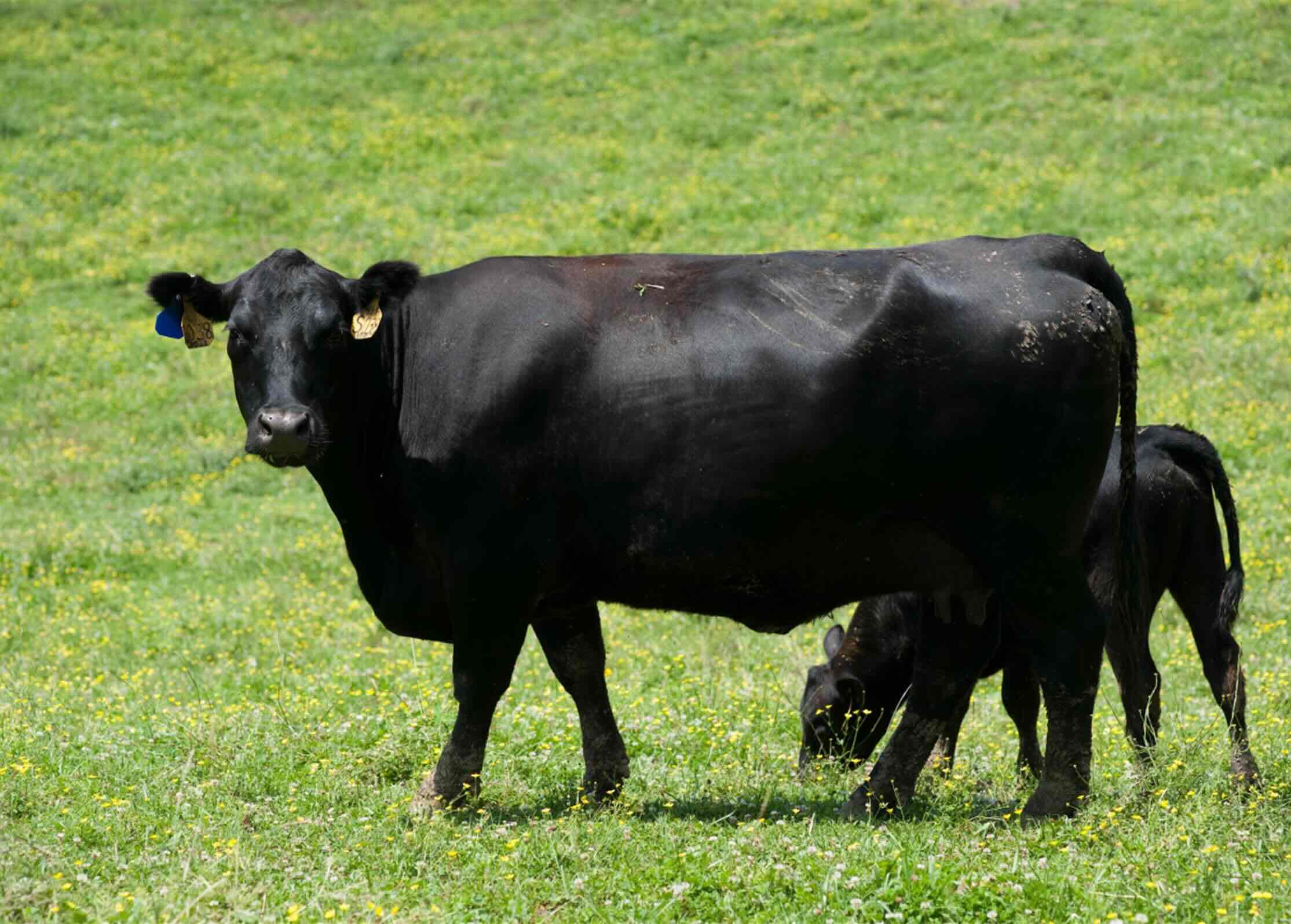
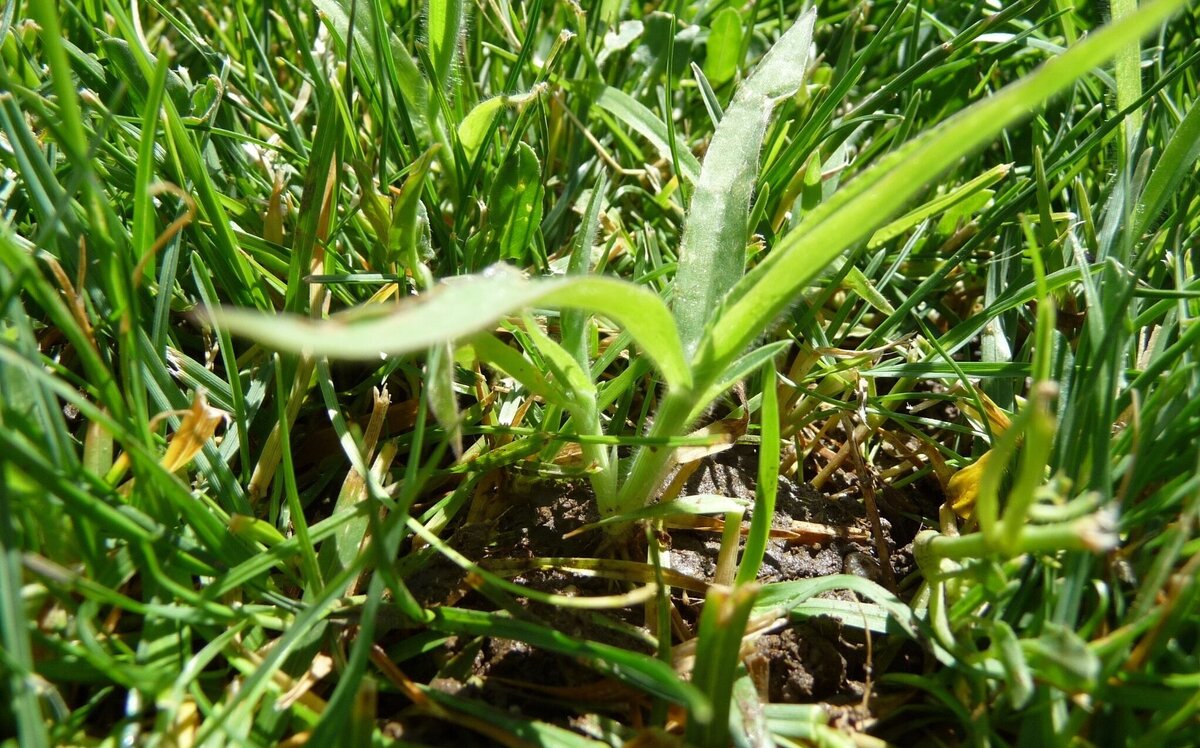


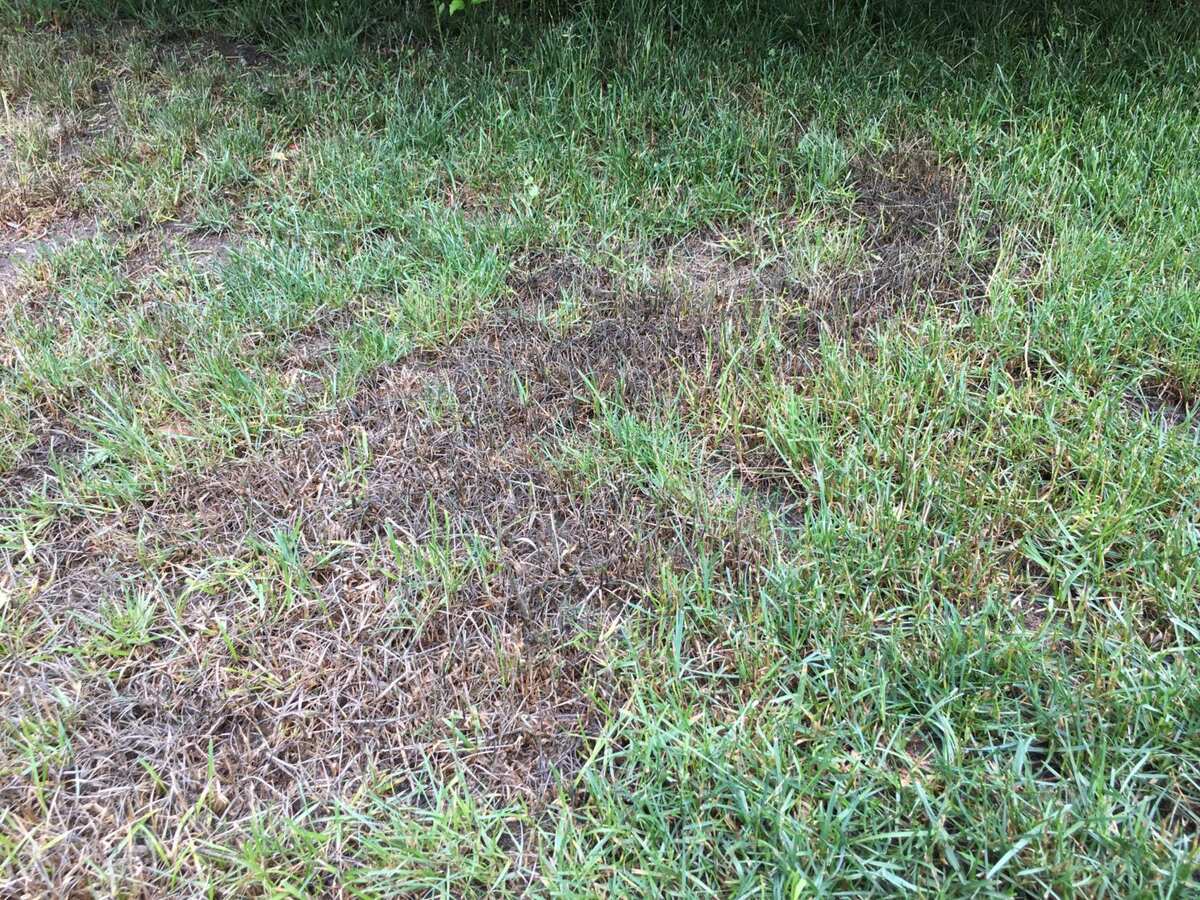
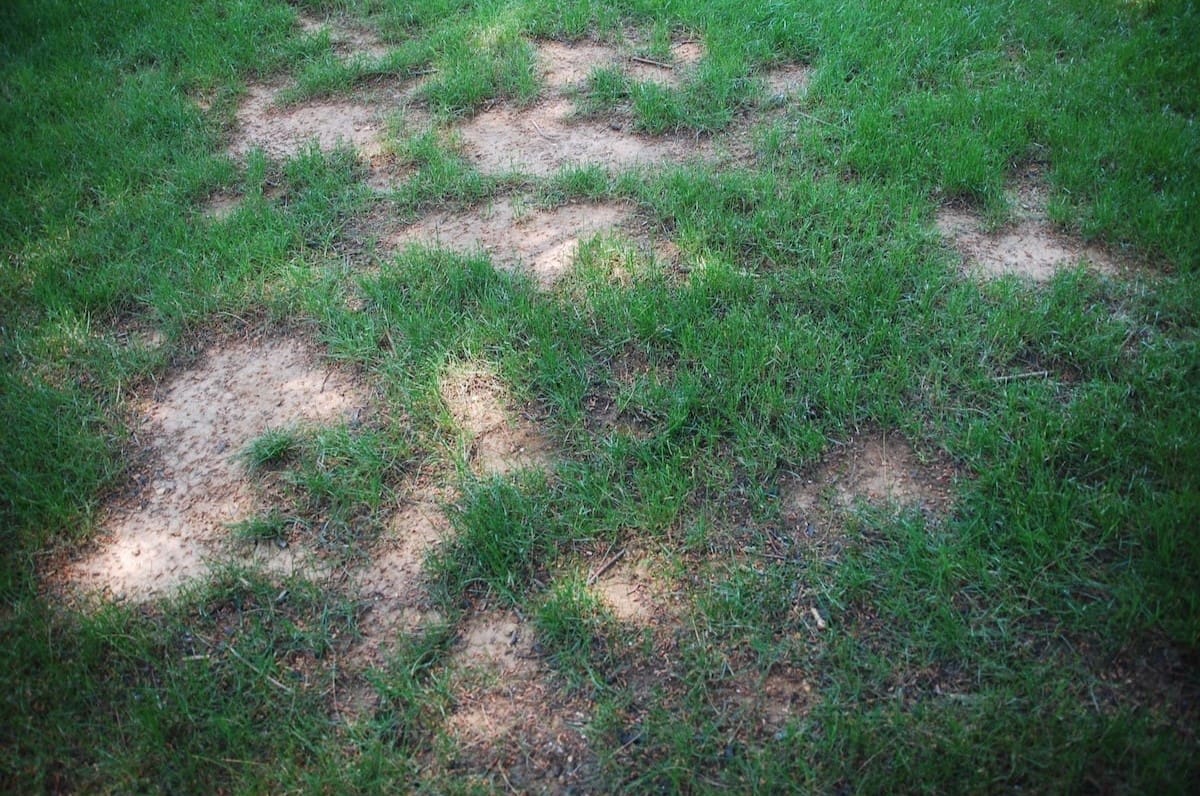
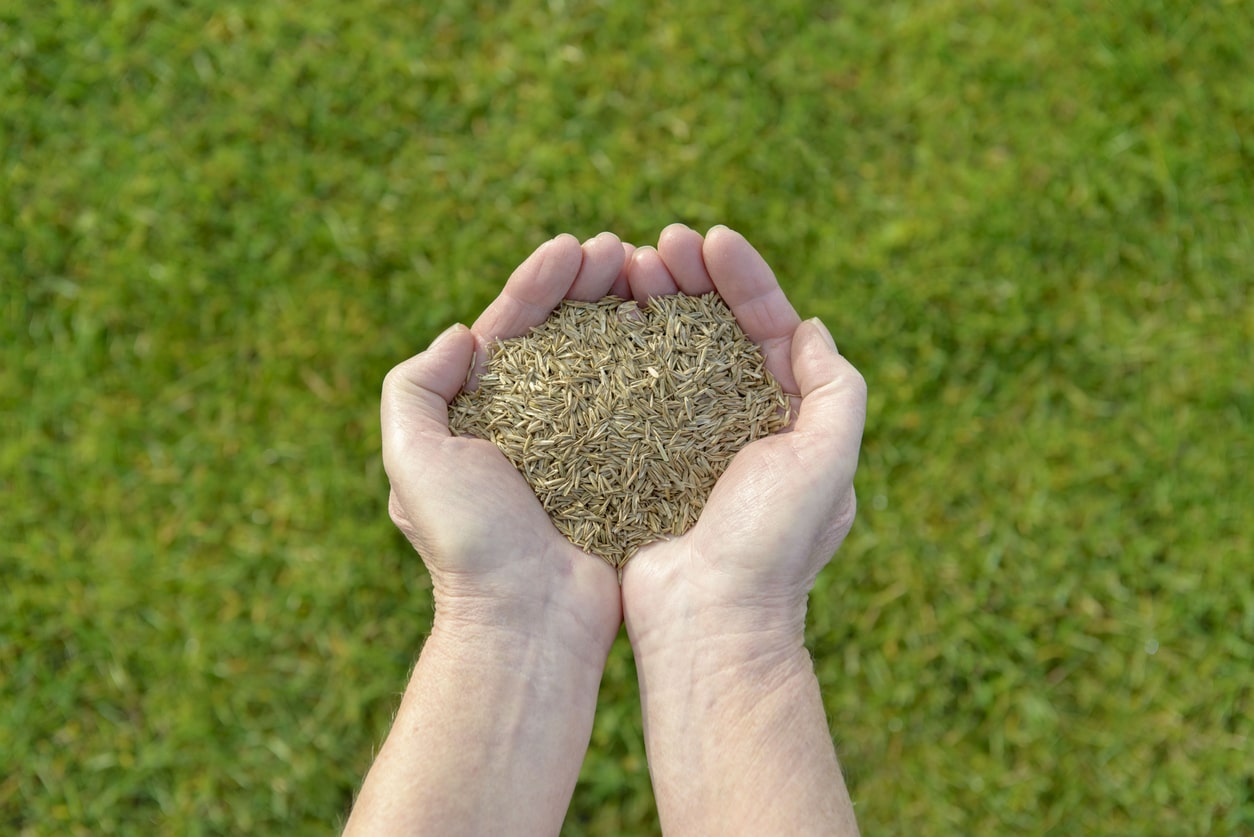
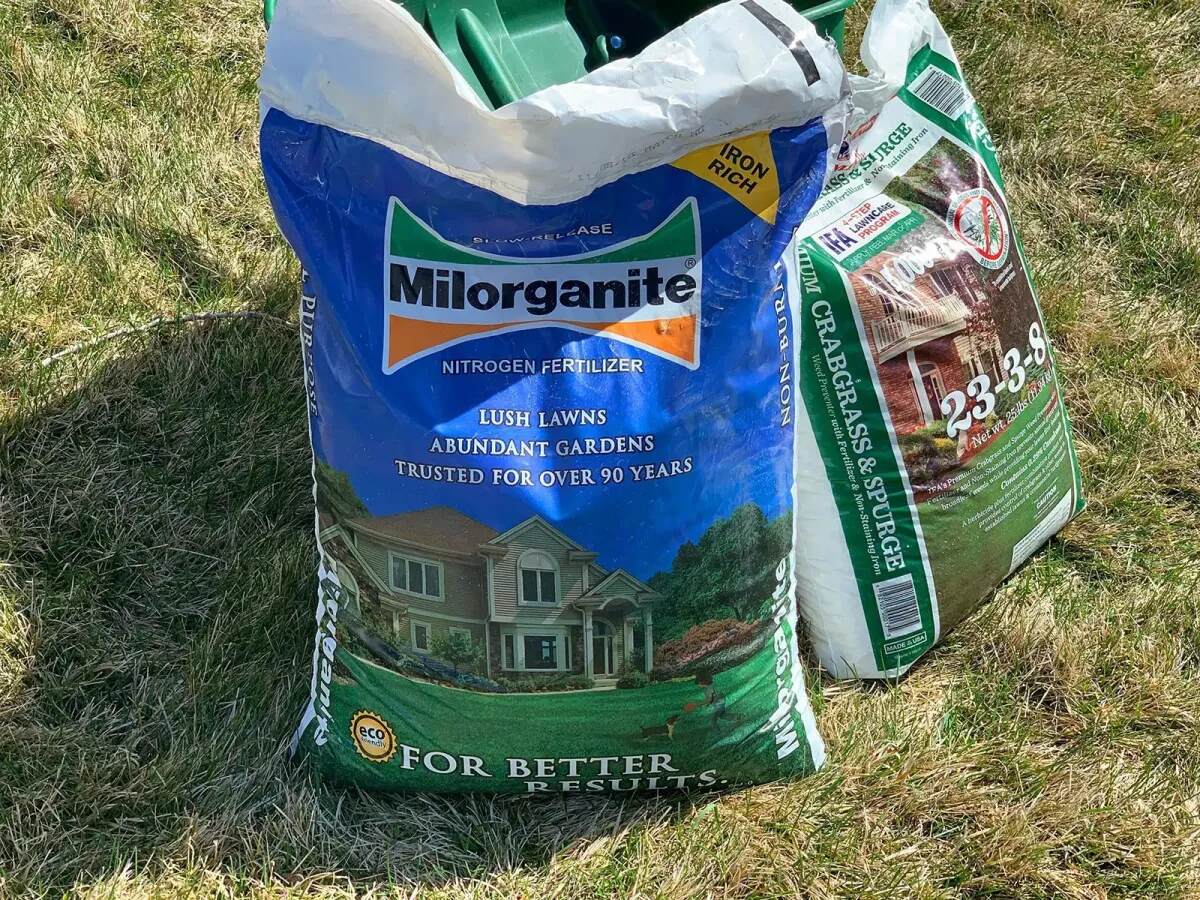
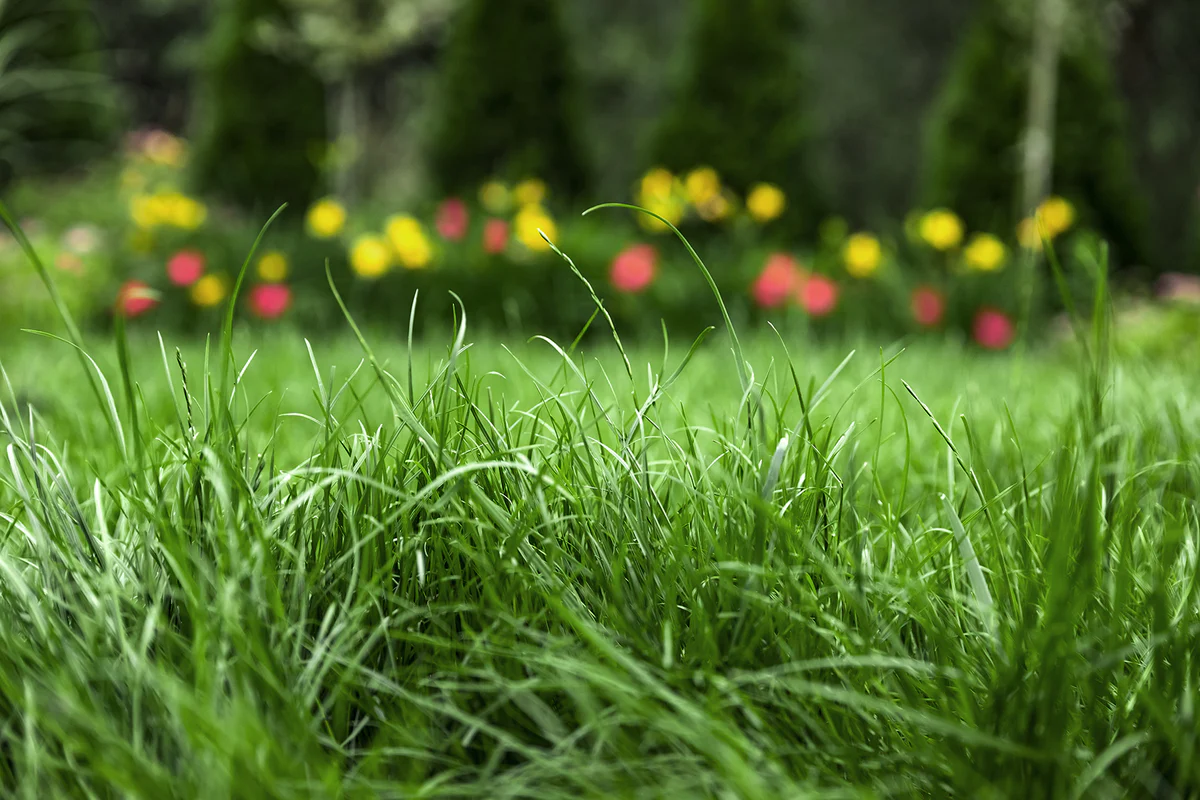


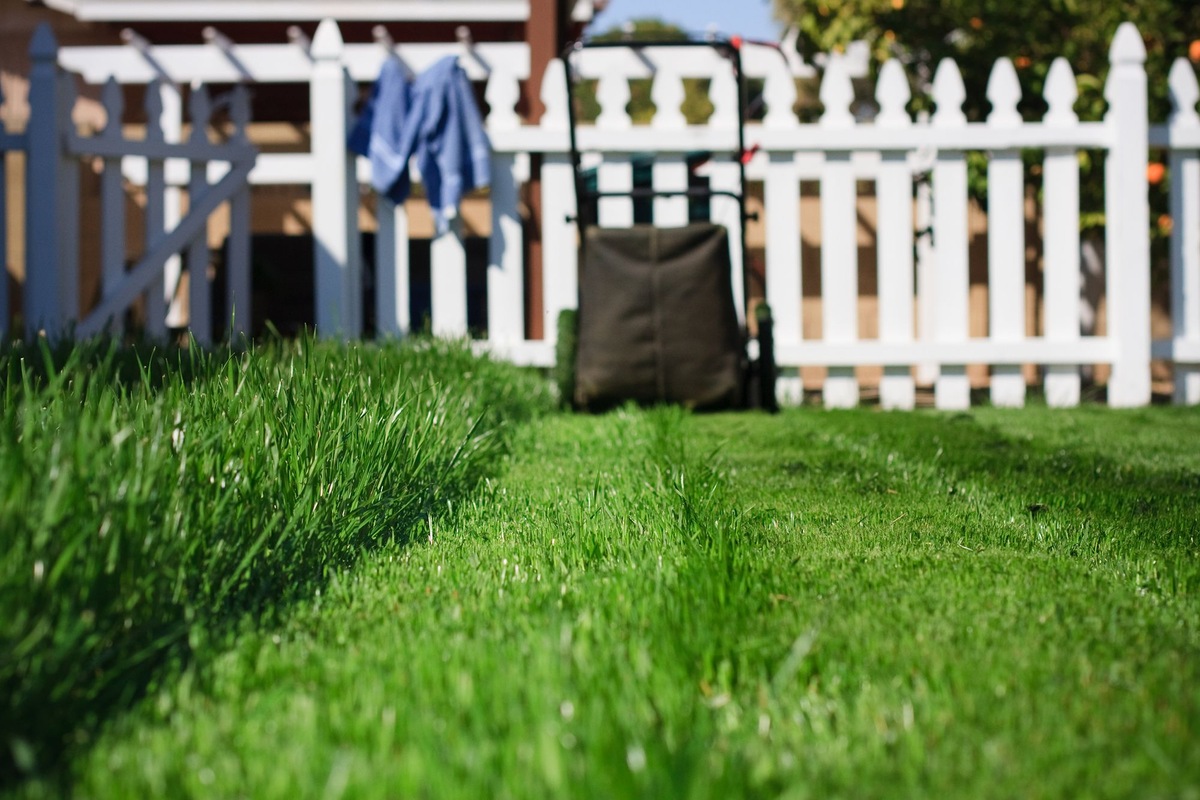
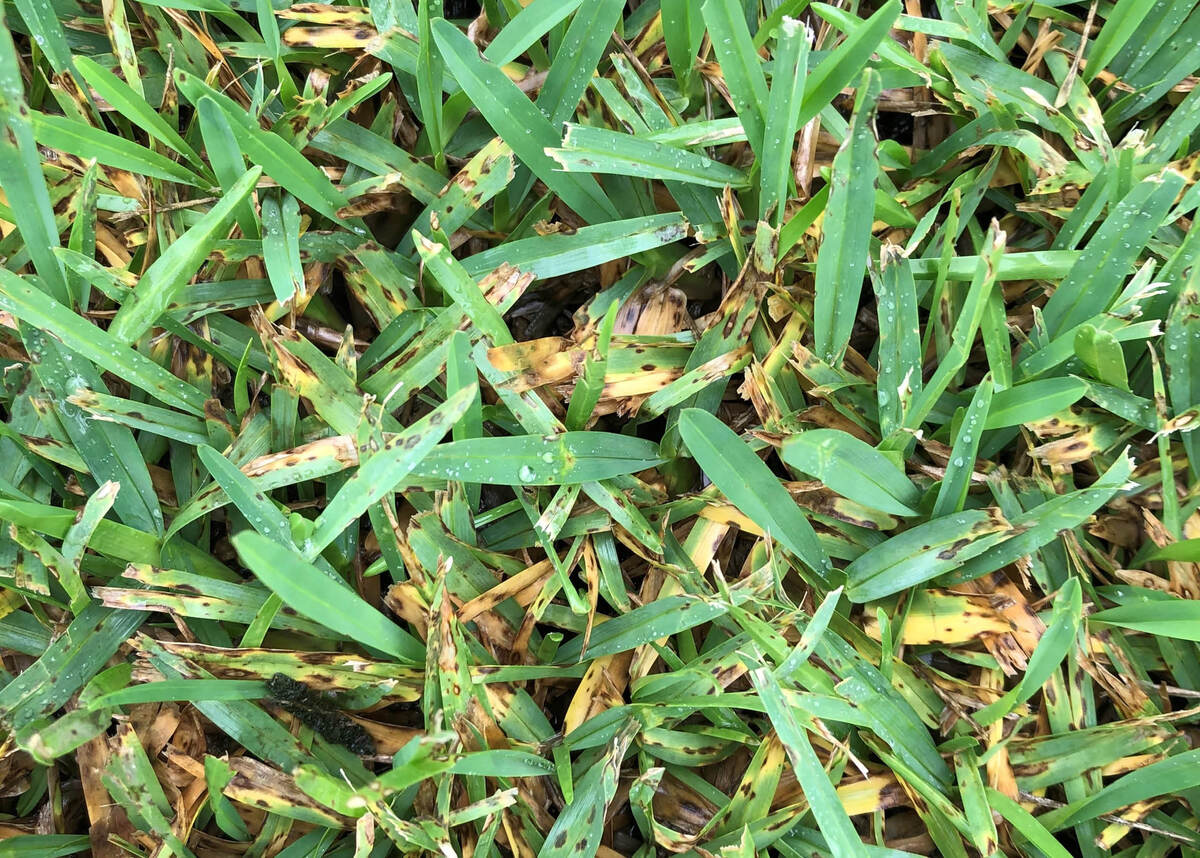
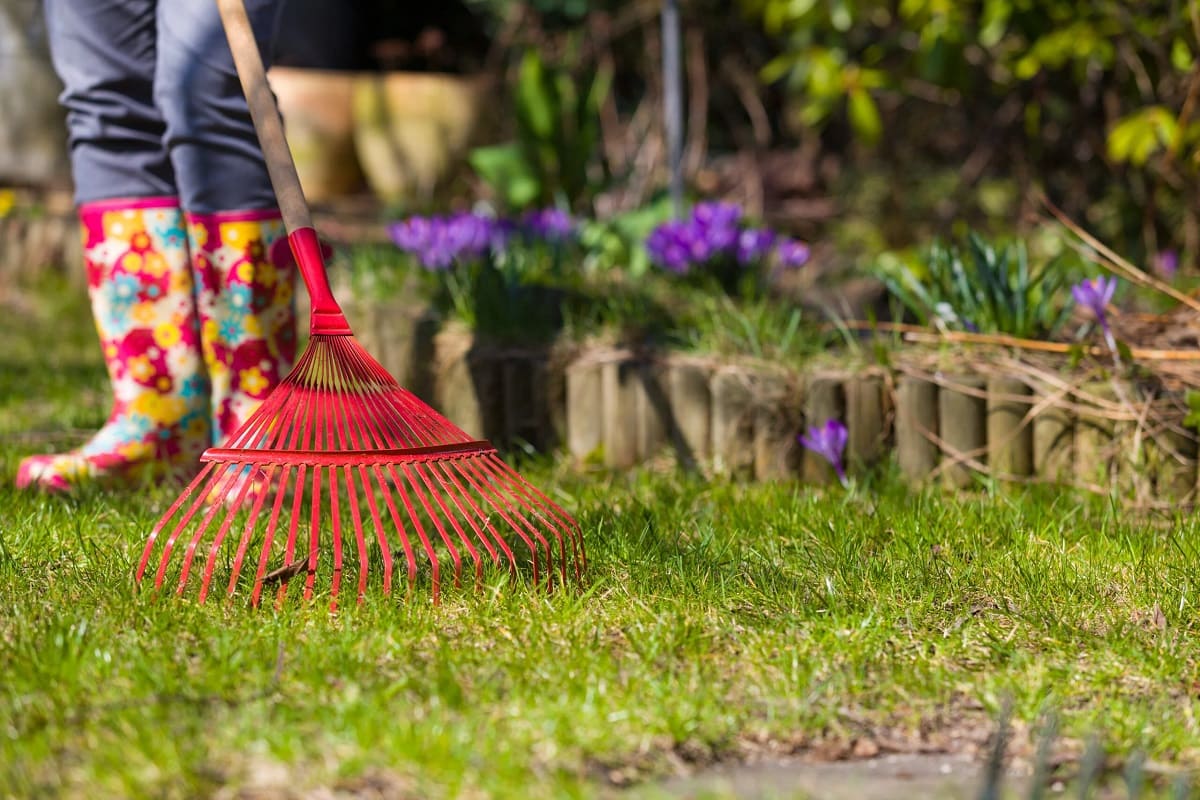

0 thoughts on “How To Treat Grass In Spring”